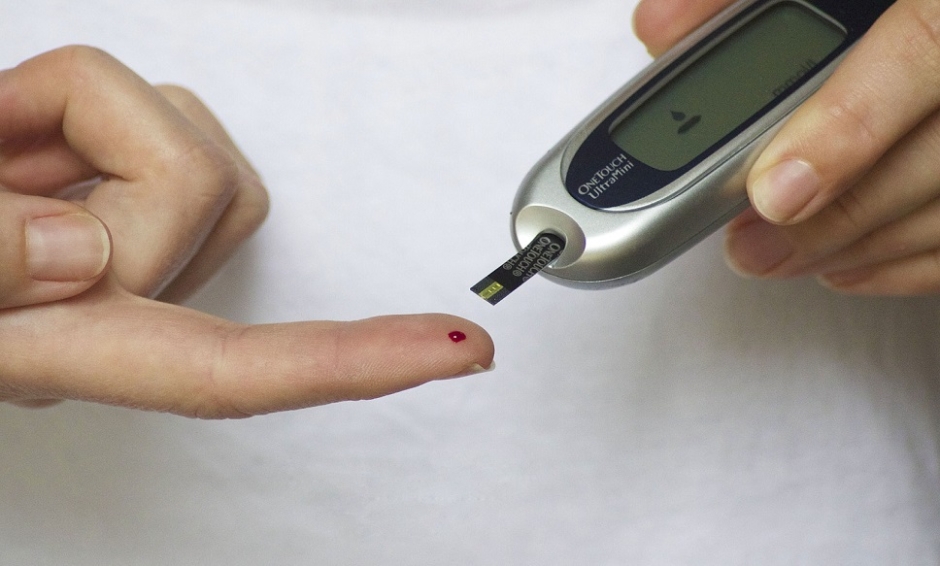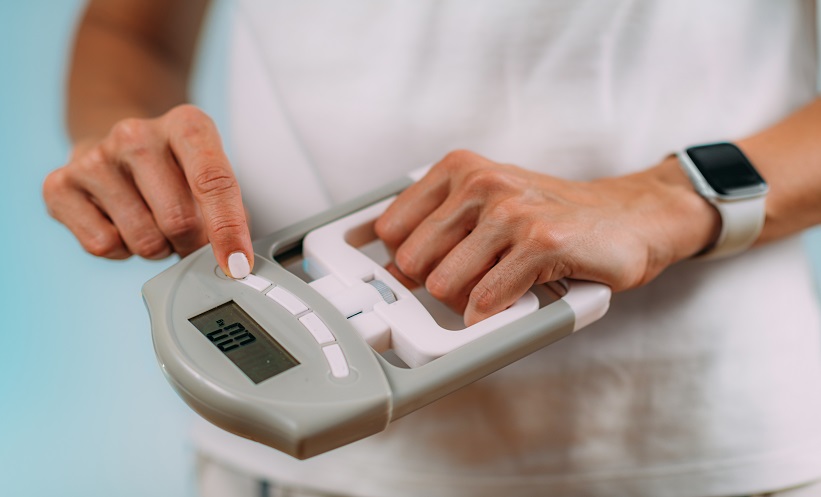GLUCOSE levels can be measured by a new soft contact lens that has a glucose monitor embedded into it. The device, developed by researchers from South Korea, addresses a number of pre-existing complications in other types of lens that monitor glucose levels.
Device Features
The team believe that the new lens, which measures glucose levels in tears before the data are transmitted to a handheld device wirelessly, is more stable, comfortable, and less prone to breaking than other models of its kind. This is in addition to other features that help prevent both vision from being impaired and damage to the eye.
The circuits are stretchable, enabling the lens to be turned over, and an LED display is embedded in the lens, which makes the user aware if glucose levels become too high by emitting a non-intrusive light, either into the eye of the user or into the opposite direction.
Important Development
This study could be an important development for tracking blood glucose levels in diabetes patients, with finger pricking currently the most common method of glucose level measurement.
“The integration of this display into the smart lens eliminates the need for additional, bulky measurement equipment,” commented the team from the Ulsan National Institute of Science and Technology, Ulsan, South Korea. “The resulting soft, smart contact lens provides real-time, wireless operation, and there are in vivo tests to monitor the glucose concentration in tears (suitable for determining the fasting glucose level in the tears of diabetic patients) and, simultaneously, to provide sensing results through the contact lens display.”
Further Work
Additional work needs to be undertaken before the lens can become commercially available, as the researchers acknowledge that further challenges remain. Furthermore, the device has so far only been tested on animals, in which no signs of discomfort have been observed, and is yet to be trialled on humans.
James Coker, Reporter
For the source and further information about the study, click here.







